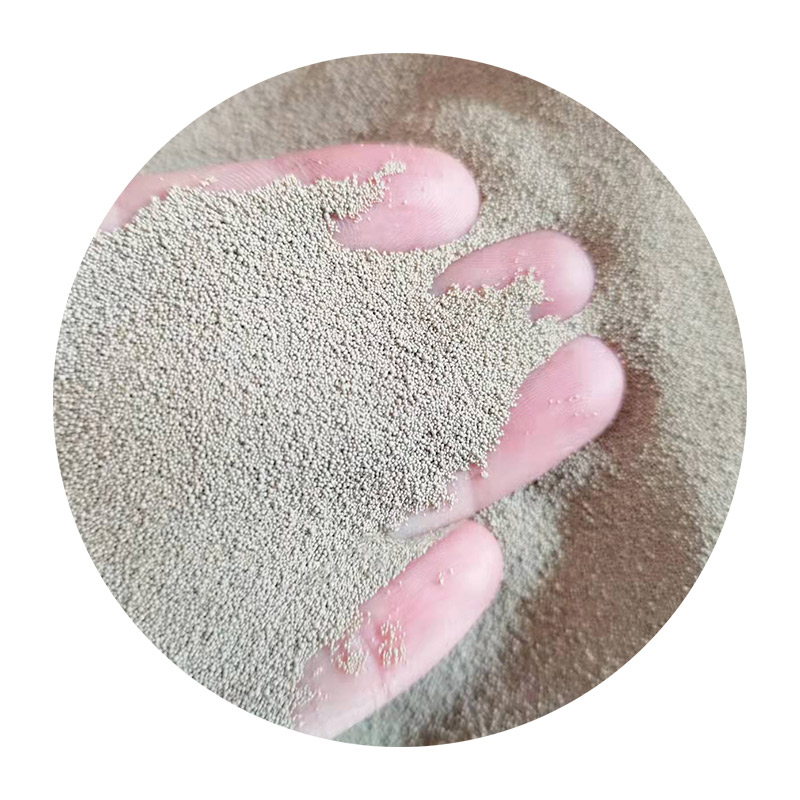Physical Properties of Foundry Sand
Foundry sand is a crucial component in the metal casting industry, serving as a medium for creating molds and cores for a variety of metal products. The effectiveness of foundry sand is highly dependent on its physical properties, which can significantly influence the quality of the final cast product. Understanding these properties is essential for foundry engineers and operators to optimize casting processes.
One of the primary physical properties of foundry sand is grain size. The size and distribution of sand grains affect mold permeability, strength, and surface finish of the casting. Generally, finer grains provide a smoother surface finish, while coarser grains enhance mold strength. The ideal sand grain size often ranges between 0.1 mm and 0.35 mm, allowing for a balance of permeability and mold integrity.
Another important property is the shape of the sand grains. Grain shape can be categorized as angular, sub-angular, rounded, or spherical. Angular grains interlock more effectively, providing higher mold strength, while rounded grains flow easier and improve permeability. The shape impacts how well the sand can be compacted, which in turn affects the precision and dimensional accuracy of the cast part.
physical properties of foundry sand

Moisture content is also crucial in determining the physical properties of foundry sand. Optimum moisture levels help maintain the sand's cohesiveness without leading to excessive clumping. Typically, a moisture content of around 2-5% is recommended for most types of sand. This ensures that the sand retains sufficient strength for mold creation while facilitating ease of handling and preparation.
Additionally, the thermal properties of foundry sand—such as thermal conductivity and thermal expansion—play a pivotal role in its performance. Foundry sands must possess adequate thermal conductivity to dissipate heat from molten metal, thereby reducing the risk of defects like burn-on or scabbing. The sand’s ability to withstand high temperatures without significant expansion is also vital in preventing mold deformation during the casting process.
Lastly, the chemical composition of foundry sand affects its behavior during metal casting. Typical foundry sands are composed primarily of silica (SiO2), but the presence of impurities can lead to defects in cast products. An understanding of the chemical properties allows foundry personnel to choose the appropriate sand type and treatment to minimize these issues.
In conclusion, the physical properties of foundry sand—including grain size, shape, moisture content, thermal behavior, and chemical composition—are fundamental to the success of the metal casting process. By carefully selecting and optimizing these properties, foundries can enhance the quality of their cast products, resulting in improved performance and reduced production costs. As technology advances, ongoing research into these properties will continue to refine casting techniques and materials used in the industry.
Post time:11 月 . 02, 2024 17:08
Next:foundry sand service
